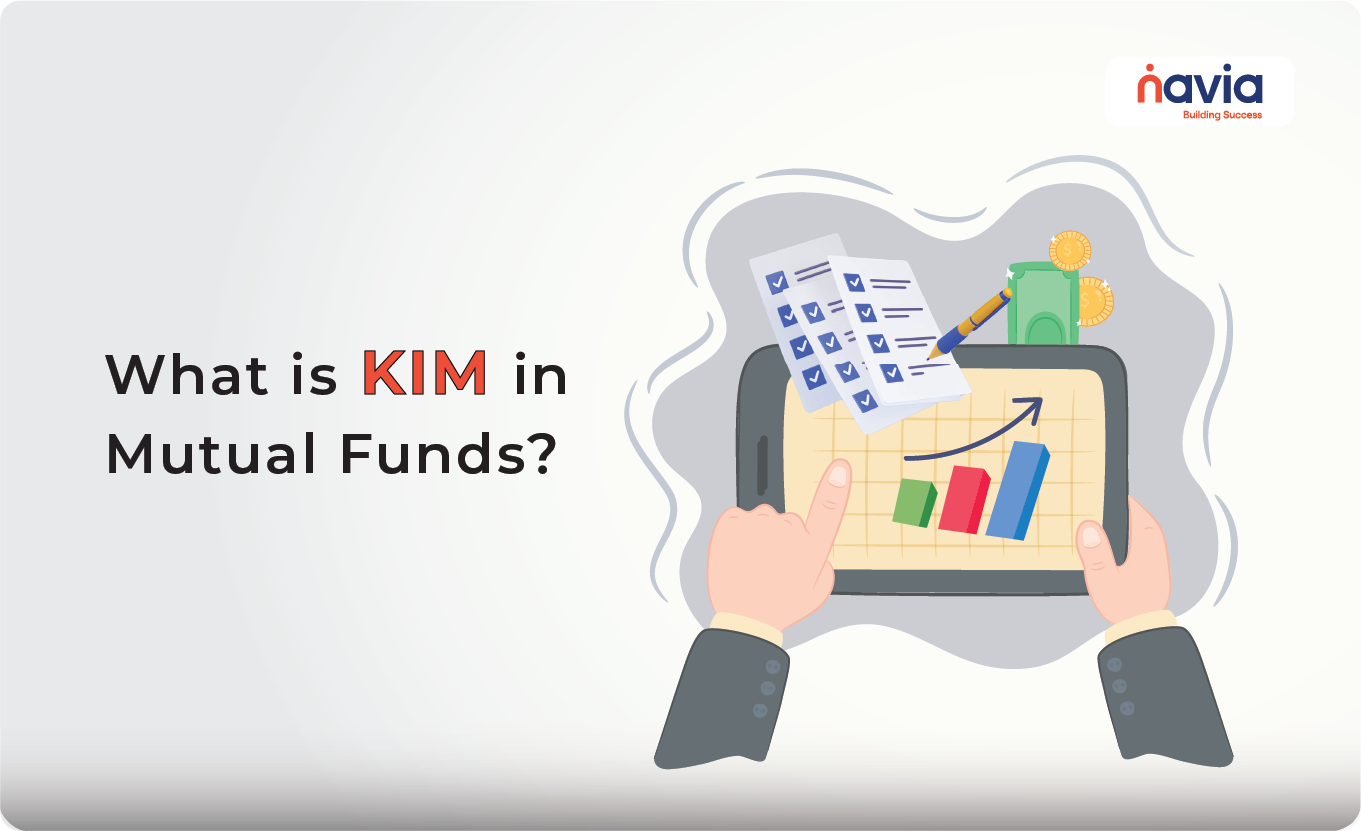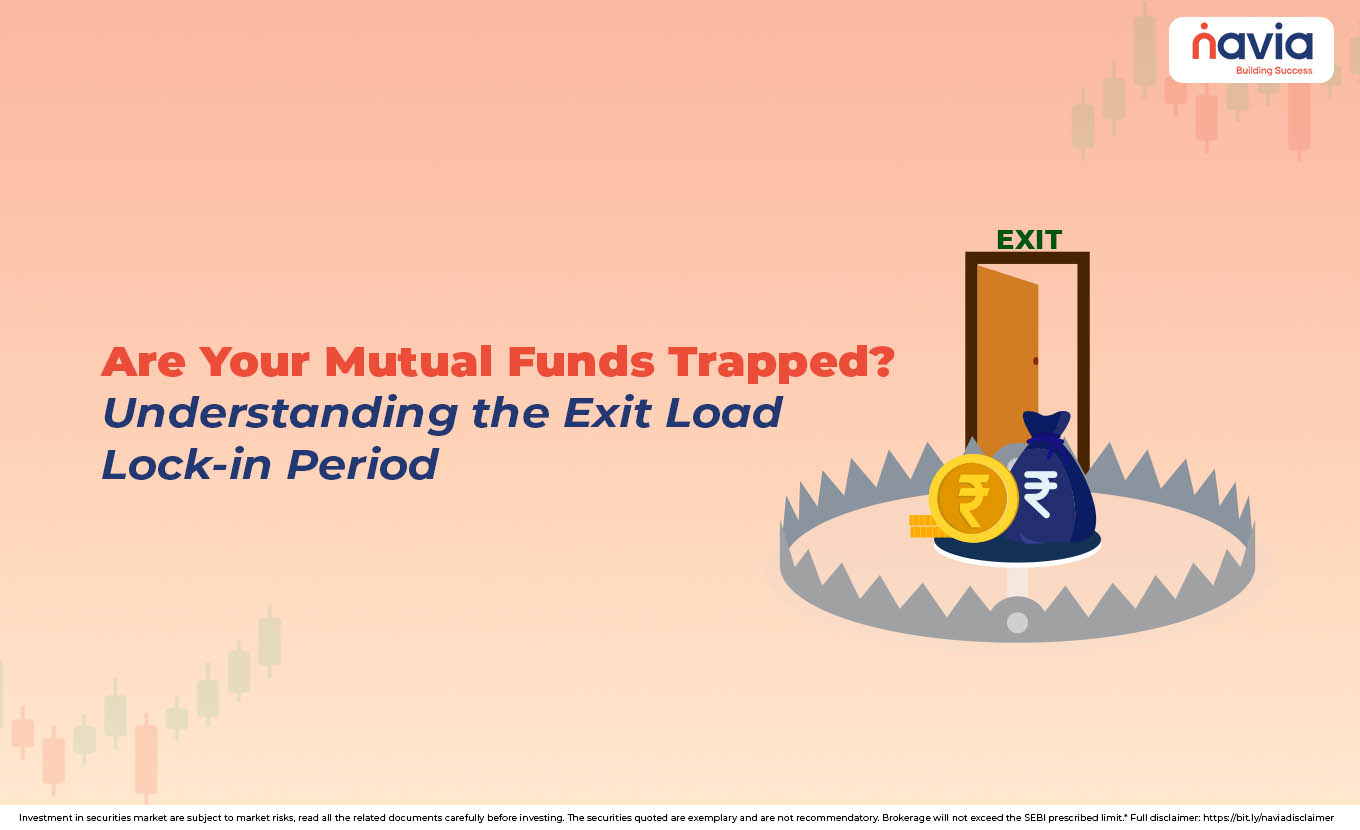What is KIM in Mutual Funds?

In mutual funds, precision and understanding are the most important components. Millions of investors taking split-second decisions and deep analysis via information. If one well-timed insight can drive more success and if one missed detail will derail the particular month’s performance.
That’s why the mutual funds advertisement requests all the investors to “read all scheme-related documents carefully before investing”. In these ads, they are sharing the info about KIM (Key Information Memorandum), SID (Scheme Information Documents) and SAI (Statement of Additional Information) to educate the investors in all manner.
In this blog, we’ll explore what KIM in mutual funds, contents of KIM, why you should read KIM, validities, roles, where you can find KIM documents.
What is KIM in Mutual Funds?
This data-driven world it is necessary to manage information effectively, like KIM in mutual funds having a big role in the whole process. KIM meaning in mutual funds is Key Information Memorandum.
KIM provides all information of mutual funds to the investors. SEBI recommended that all funds should maintain Key Information Memorandum concise information like the fund’s objectives, risks, charges and performance history. So, KIM carries the critical information of the mutual fund scheme, compared to SID, KIM will offer concise information within a couple of pages.
Contents of the Key Information Memorandum
| Scheme Details | The basic details of the mutual fund scheme, like its name, type, size and category. |
| Investment Objective | A clear understanding of the scheme’s aim, including its target audience and the primary goal it aims to achieve. |
| Asset Allocation | KIM informs all investors about types of asset classes the fund invests in, like corporate debentures and government bonds. |
| Risk Factors | Considered the most critical content of Key Information Memorandum, it includes the risks involved in the fund, like credit risk or liquidity risk, market volatility. |
| Fees and Expenses | KIM includes the recurring expenses of the scheme, including management fees, administrative expenses, and any entry or exit loads. |
| Performance History | A valuable insight of how the particular fund performed in previous years, along with its portfolio turnover and sector allocation. |
| Fund Manager Information | It is essential to know the person who is managing your investment, their experience and track record. |
| Legal and Regulatory Information | Mutual funds operate under many laws and regulations. So, KIM includes essential disclosures both legal and regulatory to ensure adherence to these requirements. |
| Other Important Information | Like investment strategy, plans/options, applicable NAV, benchmark index, Income Distribution cum Capital Withdrawal (IDCW) policy, daily Net Asset Value (NAV) publication, etc. |
Why Should You Read KIM of Mutual Funds?
Key Information Memorandum outlines the mutual fund’s strategy and investment objectives that will be employed to achieve investors’ goals. And it determines whether the fund aligns with your financial objectives or not.
Simplicity
As we already said, compared to SID, KIM is short and precise. It converts the technical jargon into easy-to-understand language, so it is easily understandable for both new and old investors.
Risk Factors
The Key Information Memorandum provides a clear understanding about the risks that are included in a particular fund. For example, some funds have high risk like equity funds while others have lower risk like debt funds.
Trust & Transparency
KIM is a mandatory requirement from SEBI’s regulation, which educates the investor to make a good investment decision. By referring to the Key Information Memorandum the investor can get knowledge about each fund and select the suitable one for their needs.
Benchmark
KIM compares the performance of the fund against a benchmark index, which is necessary to assess how the fund is doing relative to the market.
Validities of KIM
A Key Information Memorandum is a dynamic document so is generally indefinite until there are changes in a particular mutual fund’s structure, portfolio, or any other information which needs an update. The validity of the information is considered typically a year, from the starting date of issuing the fund. Mutual funds are regulatory authorities to keep KIM updated by adding the details like annual reports, material changes to the fund occurring, etc.

What is KIM’s role in Investor Education?
As we know, education is a powerful tool in investment for both new and seasoned investors. The new investors have so many doubts regarding mutual funds, so Key Information Memorandum acts as a guide for them to understand the basics of mutual funds to make effective decisions. Seasoned investors also read KIM because that helps them to refresh and get the knowledge about the recent updates of the fund schemes.
Where Can You Find Key Memorandum Information documents?
Investors can find Key Memorandum Information (KIM) in different ways, from the mutual fund house website, through the authorized agents and regulatory bodies. These documents are very crucial for understanding a fund’s objective, risks, fees and other important information. However, you have to cross-verify all the primary sources to get the correct document.
Final Thoughts
The KIM is an important document that should be reviewed by all investors before investing in a mutual fund. KIM full form in mutual funds is Key Information Memorandum. Through the document you can get comprehensive insights into scheme details, objectives, risks, costs, risk, performance history, legal and regulatory information and other important information. Always ensure that you access the updated version of Key Information Memorandum from the trusted sources. Because a well-informed investment decision is a major component for successful wealth-building!
Do You Find This Interesting?
Frequently Asked Questions
What does KIM mean in mutual Funds?
KIM means Key Information Memorandum; it is used in mutual funds to provide detailed information about funds to the investors.
What is the difference between SID and Kim?
SID (Scheme Information Document) offers detailed information about a mutual fund scheme, but KIM (Key Information Memorandum) is a summarized version of SID.
How often should I check the KIM of a Mutual Fund?
You must check Key Information Memorandum before investing in mutual funds and whenever it is updated, it mostly happens annually. If you stay updated, it will help to make informed decisions.
Can KIM help me in comparing different Mutual Funds?
OfCourse, KIM includes the key details of each fund that include investment objectives, risk factors, performance history, etc. so you can easily compare it with different mutual funds.
What details are included in Key Memorandum Information (KIM) of a Mutual Fund?
Through Key Memorandum Information (KIM) you can get a concise summary of a mutual fund’s objectives, risk factors, performance history, fees, etc. It is necessary for investors to make informed decisions.
DISCLAIMER: Investments in the securities market are subject to market risks, read all the related documents carefully before investing. The securities quoted are exemplary and are not recommendatory. Brokerage will not exceed the SEBI prescribed limit.






